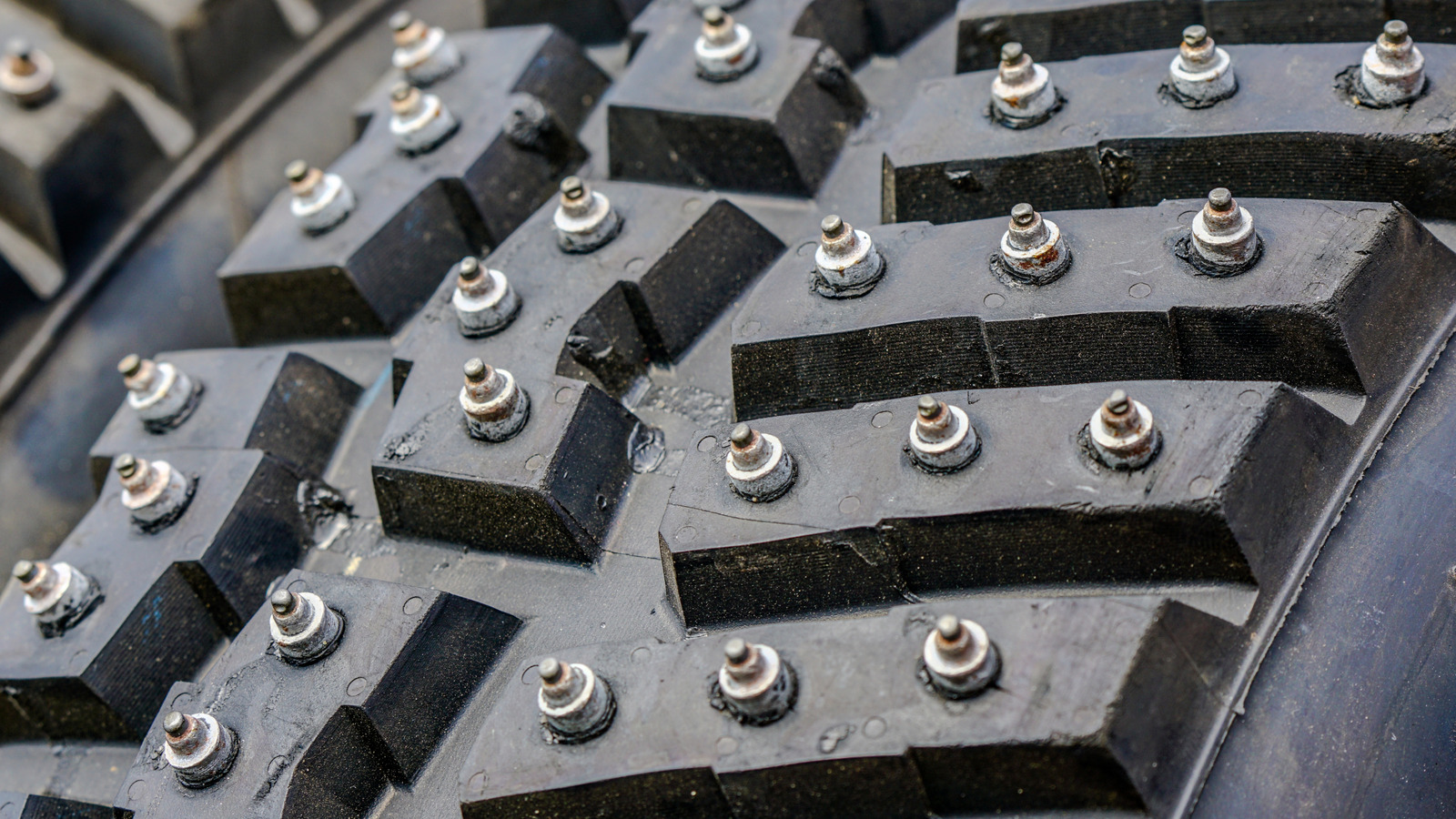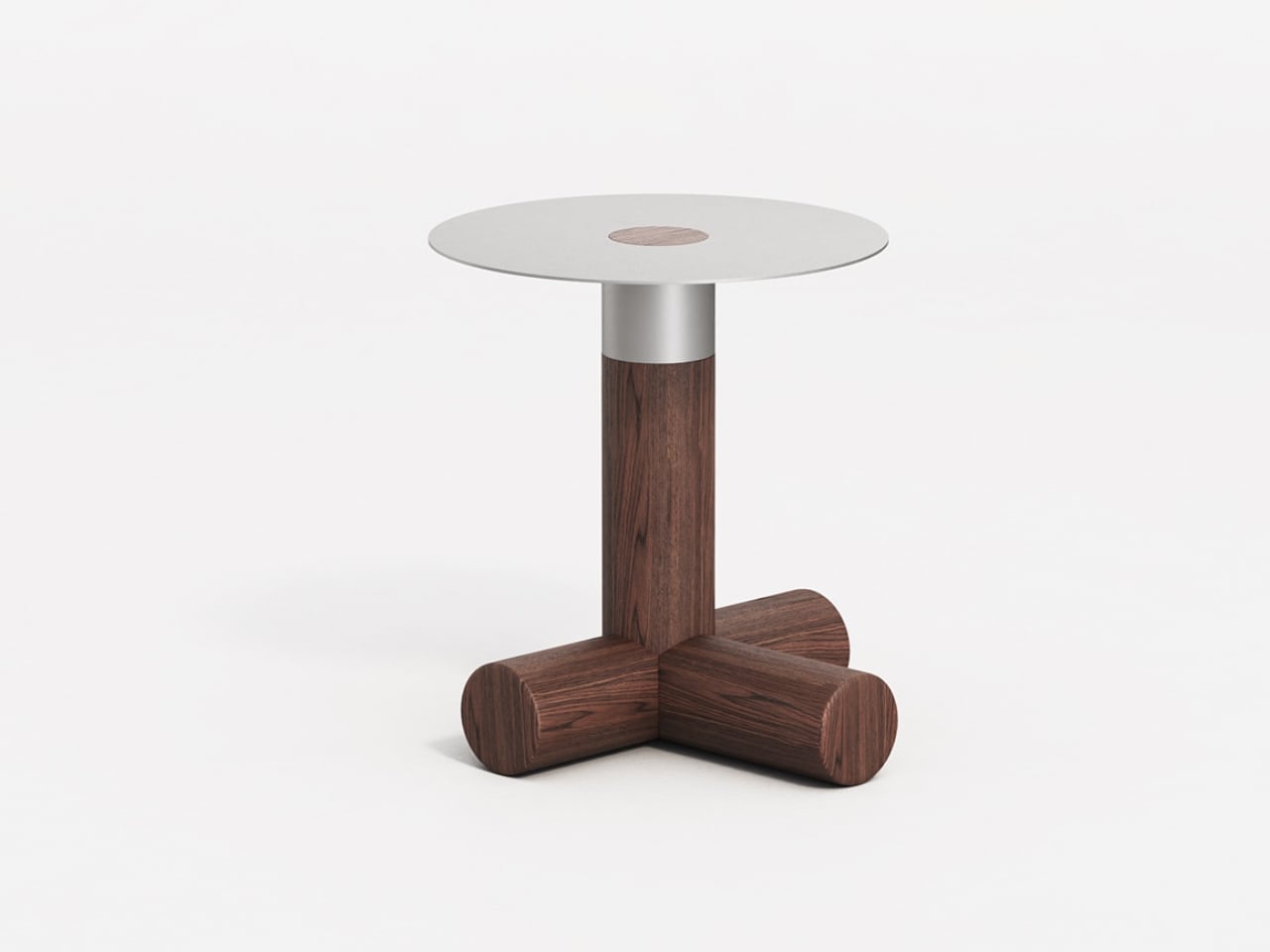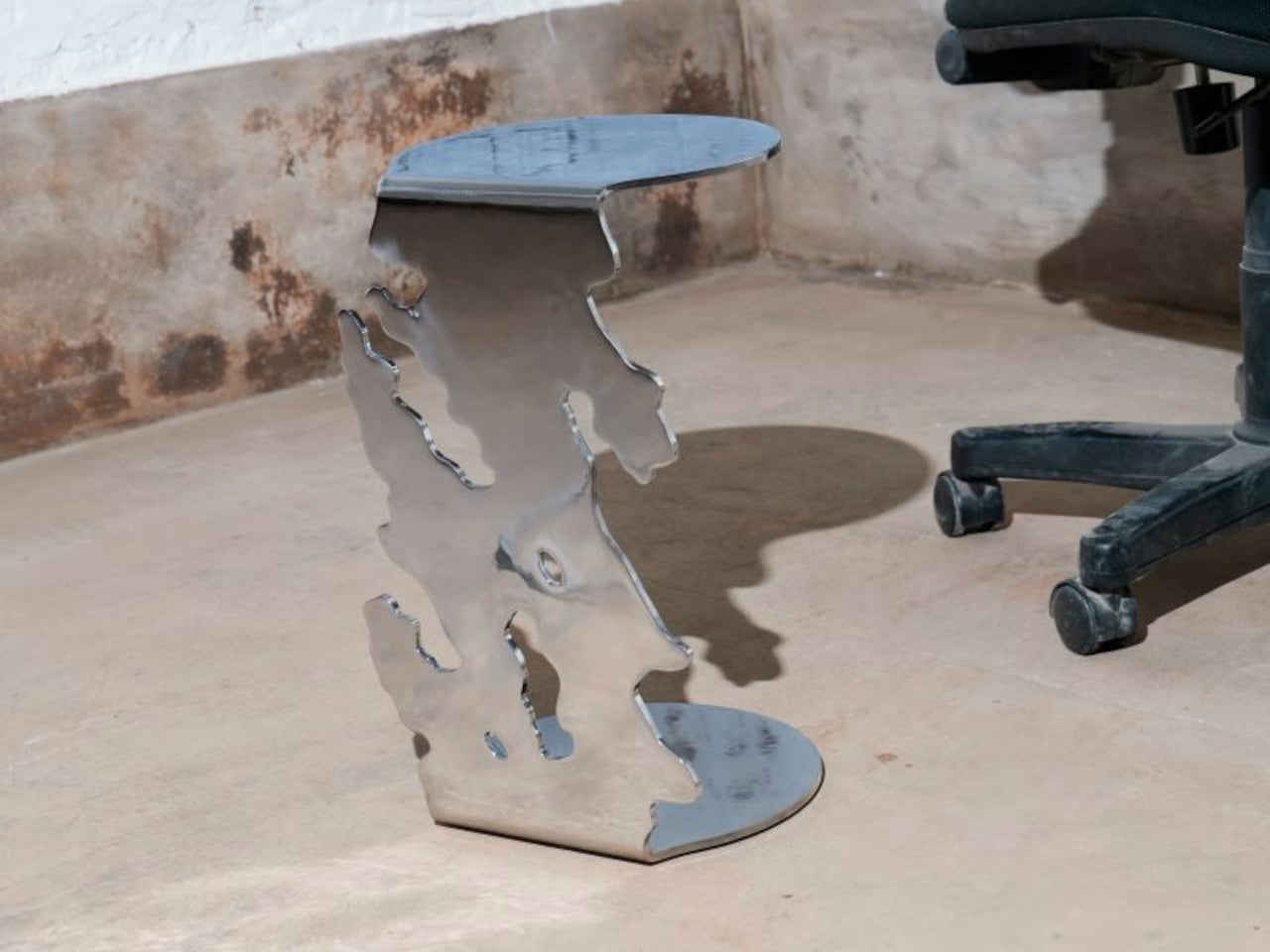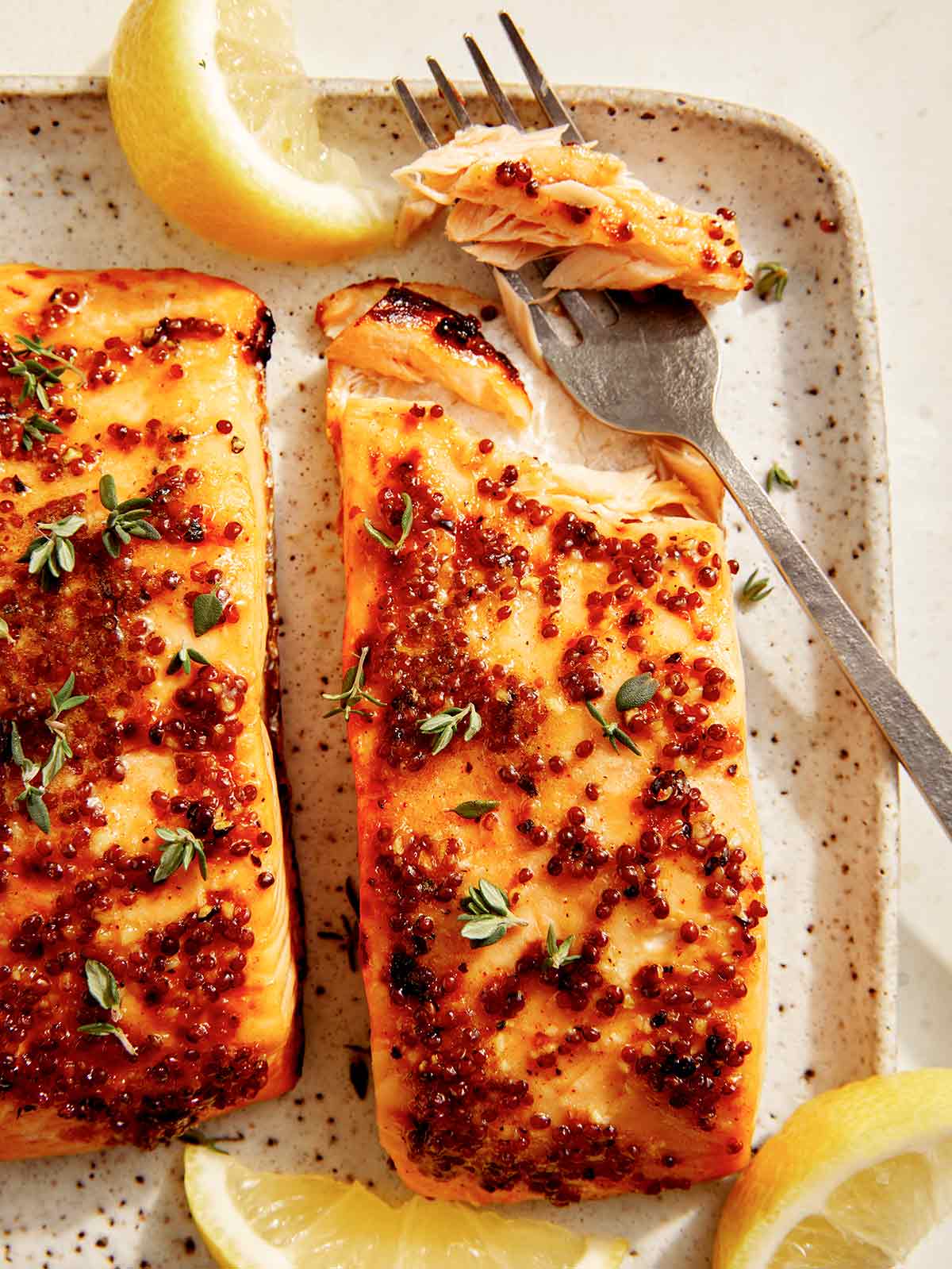Mele al forno, baked apples and The Tuscan Year
This simple dish is one of my favourite autumn or winter desserts. It’s just perfect after a long lunch with friends, for example, as you can and should (technically speaking it makes things much easier) make many of these at once. After all, you just put all the apples in a baking tray together. I […] The post Mele al forno, baked apples and The Tuscan Year first appeared on Emiko Davies.


This simple dish is one of my favourite autumn or winter desserts. It’s just perfect after a long lunch with friends, for example, as you can and should (technically speaking it makes things much easier) make many of these at once. After all, you just put all the apples in a baking tray together.
I included this recipe in my family cookbook, Tortellini at Midnight, because it is one of the dishes that my Tuscan mother in law likes to make for the November 1st holiday, tutti i morti or Ognissanti or All Saints or however else you like to call this sombre holiday where the ancestors graves are visited, cleaned and honoured. It is also when new apples are in season.
It’s the kind of dish I love because it takes so little time to make, you just put it in the oven (which in turn warms up the kitchen) and because you can keep it as essential and simple as you like or you can jazz it up in so many ways.
Recently I was reading Elizabeth Romer’s wonderful book, The Tuscan Year, which was originally printed in 1984 (if you don’t know it, if you’re a fan of Elizabeth David or just generally interested in a Tuscan family’s farm life, you will love this) and noticed she had this recipe included in here too — it’s written in chapters according to the months of the year and it’s in her November chapter. She hoped that her book — an account of her neighbours, the Cerrotti family’s farming lifestyle in a valley near Cortona — would be particularly interesting for those reading it a century later, but I think things have changed so much that it has only taken 40 years for this to be a fascinating read of lost traditions.
The book is particularly about Silvana Cerrotti, a farmer in her forties, who you can tell is the true boss. Romer carefully describes what Silvana is cooking for her family and her workers — twenty strong — but also how she dresses and what she likes to do when she’s not busy cooking. In January, surrounded by snow, she makes prosciutto, salame and sanguinaccio — blood sausage. In February, we follow Silvana as she goes searching for wild salad to forage in the fields, while her husband Orland plants his precious tabacco plants (at one time this was the major income for many Tuscan farmers). March is the time that Silvana, an excellent cheesemaker, finally starts her pecorino cheese, made with the milk of their flock of sheep and old wild artichoke plants that have dried. People come from all over to buy it.
It’s not only a collection of recipes, but an account of a way of life that has practically disappeared. Silvana loves foraging mushrooms, which she does from the end of the summer through the early autumn and, as she is efficient and multi-tasking, she brings with her also wool (from her own sheep of course) and she spins it as she looks for mushrooms; or sometimes she brings the already spun wool and her knitting needles so she can make a pair of socks as she walks through the woods, head down.
There is always something going on the stove, as she cooks for the whole team of farm workers but in November, in particular, when things calm down on the farm, she has more time to prepare desserts. She makes ciambellone, chestnut cakes, crostata and baked apples.

For the apples, Silvana’s version is simple, with some lemon and sugar over the top, a bit of butter and a splash of water. She serves them with zabaione — a whipped custard made of just egg yolks and sugar — which she placed in her best glasses. For Silvana, it’s more a tonic than a dessert.
I like these apples stuffed with walnuts and sultanas, which I re-hydrate in some white wine or water before baking. You could use dried figs too. Or any nut you like — hazelnuts and pine nuts are great. You can soak the sultanas in grappa or rum if you like. And if you can’t be bothered making the zabaione, just serve it with some vanilla ice cream or a bit of whipped cream. They’re delicious warm but I also love eating the extra apples I’ve made the next day cold with some thick Greek yogurt for breakfast.

An important thing is that you need to pack the apples in snuggly so use a baking dish of the appropriate size so there’s no room around them. They tend to expand and break open as they bake so packing them in like this helps keep their shape. Or just add an extra apple or two if you need — why not?
I like to choose smallish local apples for this and I keep the skins on, but there is nothing stopping you from peeling them if you prefer. Use any favourite apple — generally I’d go with an apple that’s a good one for cooking.
Mele al forno, baked Tuscan apples
- 6 apples, rinsed and skins on
- Handful of walnuts
- Handful of sultanas, soaked in water (or grappa!)
- 6 teaspoons sugar (brown or white)
- 50 grams butter, cut into small chunks
- Lemon juice and zest, if you like
- 150 ml of water (or white wine)
Remove the core from each apple without cutting open the apple — to do this without an apple corer, use a small sharp knife and cut a hexagon around the core from the top of the apple, then flip it over and do the same from the bottom then push it out with your finger.
Place the apples in your chosen tray, tightly together, and fill the holes with some pieces of walnut and the drained sultanas and a teaspoon of sugar over each. Top each apple with a piece of butter or dot some around the tray. Squeeze a bit of lemon over the tops (and since you have a lemon, grate some of the zest over too). Finally, pour the liquid into the tray too. Bake for about 30 minutes at 180°C or until the apples are soft and look like they’re exploding — they will sort of burst out of their skins. Baste them with the wonderful sauce that is surrounding them and serve them also with a dribble of this sauce and, if you like, some zabaione or ice cream.
For the zabaione:
- 3 egg yolks
- 3 teaspoons sugar
- 60 ml (1/4 cup) of vin santo, or sherry or similar, optional
You can leave out the dessert wine entirely and make it just simply out of egg and sugar too. Simply whisk the ingredients together in a heatproof bowl until fluffy — Silvana serves it just like this. But you can thicken it and pasturise it (which is how we make it) by placing the bowl over a small saucepan of very gently boiling water for a bain marie and continuing whisking until pale, thick and very fluffy. It should take a matter of minutes.
The post Mele al forno, baked apples and The Tuscan Year first appeared on Emiko Davies.




































/cdn.vox-cdn.com/uploads/chorus_asset/file/24435316/STK150_Bing_AI_Chatbot_02.jpg)










![United Passenger’s Upgrade Mishap Sparks Seat Loss—Here’s the Critical Step to Avoid It [Roundup]](https://viewfromthewing.com/wp-content/uploads/2018/09/20170607_112204.jpg?#)



























